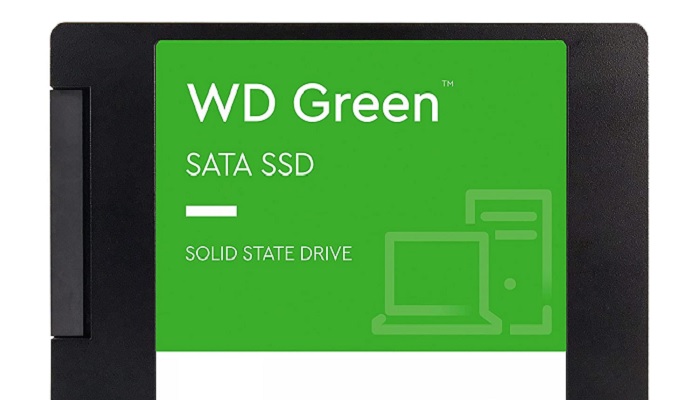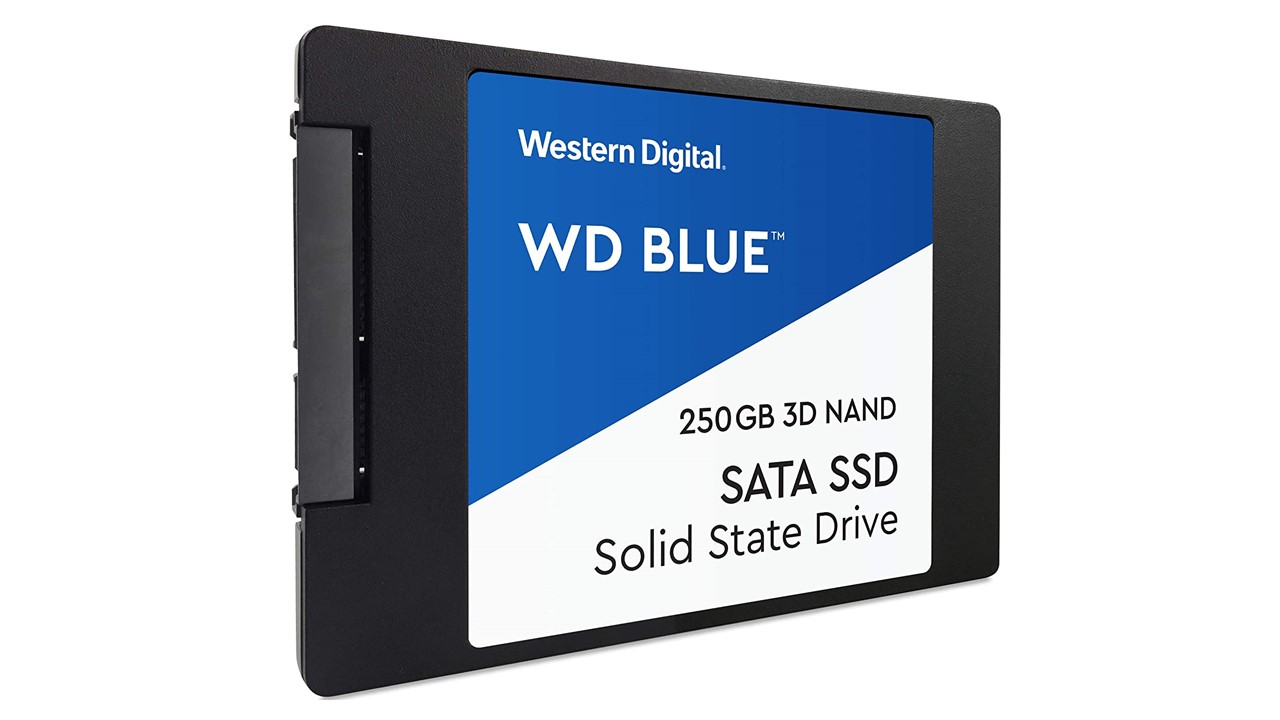Two terms such as SATA and SSD, which may serve similar purposes but have quite a few distinctive features in them.
If you are not aware of them, this article will make you knowledgeable about it and make you more informed with some additional facts that may even help you to decide which of these two is better to use.
In This Article
KEY TAKEAWAYS
- The SATA drives come with a logic board, connectors, splatters and other assemblies while an SSD comes with NAND flash memory chips, floating gate transfers and a flash controller.
- The SATA drives are primarily used to share files, archival data and data backup while an SSD is commonly used to transfer transactional data such as CRM and bank transactions faster in high frequency.
- The speed of data transfer, boot up and data retrieval is much slower in the case of a SATA drive in comparison to an SSD making them less reliable.
- The SATA drives come with moving parts in them which slows them down and even makes them more vulnerable to damages than an SSD that does not have any mechanical part inside.
- Due to the moving parts inside, the SATA drives consume more energy, generate more heat and make noise during operation in comparison to an SSD.
The 14 Differences Between SATA and SSD

1. Full Forms
The full form of SATA is Serial Advanced Technology Attachment or Serial ATA.
On the other hand, the full form of SSD is Solid State Drive.
2. Year of Release
The specs of the first SATA drives were released by the Serial ATA Working Group in 2000 with several iterations of it released by the Serial ATA International Organization since then.
However, it is still as relevant today as it was in 2000.
On the other hand, the first SSD of the world was introduced by Dataram in 1976.
However, the first flash SSD storage of the world was released in 1988 by Digipro and the modern flash drives were released in 1995 by M-Systems.
3. Components
The main components of the SATA drives include the connectors, a logic board, a splatter, and other hard drive assemblies.
On the other hand, the components of the Solid State Drives include the NAND flash memory chips, a flash controller and the floating gate transfers to hold the electrical charge.
The design and build of the SSDs allow them to hold data and energy even when there is no power source.
4. Sizes
There are different sizes in which the SATA drives are available such as 5.79 x 4 x 1.03 inch desktop SATA drives or 3.5-inch hard drives and 3.96 x 2.7 x 0.37 inch laptop SATA drives or 2.5-inch hard drives.
On the other hand, the SSDs come in an array of stick-of-gum sizes such as 80 mm, 60 mm, or 42 mm long and 22 mm wide.
They may have NAND chips on one or both sides.
5. The Cost Factor
The SATA drives are less expensive in comparison to the Solid State Drives.
On the other hand, it is mainly due to the design and functionalities of the SSDs that make them a bit more expensive.
6. Use Cases
The SATA drives are more commonly used in most of the computers for file sharing, web browsing, email, and data backup and archival data.
However, in comparison, the SSDs are relatively more commonly used for faster transfer of transactional data in high frequency such as databases, bank transactions or CRM.
7. Speed
The SATA drives are much slower in boot up, data transfer, and data retrieval as compared to the SSDs.
The SSDs, on the other hand, are much faster in comparison to the SATA drives when it comes to transfer of data to and from these storage devices.
8. Storage Space
The SATA drives usually come with a huge storage space.
On the other hand, the SSDs come with relatively much shorter storage space in them.
9. Design
The SATA drives have moving parts in them which not only results in its slower performance but also increases the chances of it malfunctioning.
On the other hand, the SSDs, as it is, are solid and therefore there are no moving parts in them.
Instead, there are Integrated Circuits that increase its speed and performance.
10. Heat Generation
Due to the moving parts in the SATA drives, the heat generation is comparatively higher during operation.
On the other hand, the SSDs do not generate as much heat as the SATA drives because they do not have any moving parts in them, once again.
11. Energy Consumption
The consumption of energy is relatively more in the case of the SATA drives because they need to run the mechanical or moving parts inside.
Since the SSDs do not have any moving parts there is no huge requirement for energy by these devices.
12. Noise and Vibration
The SATA drives may emit some noise and vibrate while operating because of the moving parts inside them.
On the other hand, the SSDs work silently and do not vibrate because these are snug fit onto the dedicated slots on the motherboard.
13. Reliability
The SATA drives have moving parts inside which are vulnerable to depreciation due to wear and tear which makes them a bit less reliable.
On the other hand, the SSDs are more reliable because the chances of malfunctioning due to wear and tear, mechanical faults due to shocks, drops and vibrations are eliminated.
14. Lifespan
In spite of the moving parts inside the SATA drives, these seem to last for a longer time, provided these are defragmented regularly.
On the other hand, though the SSDs seem to be the winner in the other categories mentioned above, these tend to have a shorter lifespan.
This is due to the fact that its working process involves forcing electrons through the transfer gates in order to change the state.
This gradual process results in faster performance degradation.
Which is Better – SATA or SSD?

The simple answer to this question is: both are good and neither is better.
It all depends on your needs and preferences as to which one you will choose.
Though the above set of differences between the SATA drives and the SSDs may be enough for any user to make a choice, it may not be the case with you.
For you, especially, here are a few other important facts and factors to know that will surely help you to arrive at a final decision.
Typically, your choice will differ if your computing needs revolve around live projects mainly.
Then, for the corporate and enterprises that need huge information processing may look for some different solution that is more affordable as well as capable.
Particularly in the case of enterprises, the SATA drives seem to have a distinct edge over the SSDs for their larger storage capacities and the wrap up protocol called STP, both of which meet the varied and wider corporate demands.
As it is evident from the above list of differences, the SSDs seem to have a slight edge over the SATA drives in most of the aspects.
However, this does not mean you will go for an SSD blindly and shun the SATA drives considering them to be inferior.
Ideally, when it comes to making a choice between a SATA drive and a Solid State Drive, you will need to consider a few specific factors.
The three most important factors that will influence your choice are:
- Operational ability and maintenance cost – You will want to use one that offers a higher level of performance with low overheads.
- Performance speed – The faster the data transfer, the better will be the performance of the system overall.
- Security – Data security is most important, especially if you deal with sensitive information for a large enterprise.
Typically, the storage solution you finally choose should fit your technical and capacity requirements as well as your budget.
Considering all these factors, the SATA drives seem to fall back a bit in comparison to the SSDs being much more straightforward but less secure, though these are much more affordable solutions.
It is for this reason, the SATA, which is also called Serial ATA, are normally found in:
- Desktop computers
- Laptop computers
- Servers and
- Gaming consoles.
However, the SSDs can also be used in a lot of things.
In fact, SSDs can be used anywhere hard drives can be used such as in consumer products which include and are not limited to:
- Personal computers
- Laptop computers
- Computer games
- Digital cameras
- Smartphones
- Tablets
- Digital music players and
- Thumb drives.
Most importantly, these can also be integrated with the graphics cards.
However, you can make your choice based on the compatibility factor of both SATA drives and SSDs.
The SATA drives seem to beat the SSDs in this particular aspect a bit due to the following facts:
- You can use these drives in almost any available configuration with no difficulties
- You can use them across diverse manufacturers including Apple very easily and conveniently
- You can even hot-swap SATA hard drives by adding or removing it while the device is still running.
The SATA drives are considered to be all-round hard drives that any average and every user can use which will offer a larger storage space at a lower price in comparison to the Solid State Drives.
Since there is no ‘one size fits all’ solution that will fit every situation and needs of the users, here are a few points summed up for quick reference while making a choice between a SATA drive and an SSD.
You may consider using a SATA drive if:
- You want a larger amount of storage space
- You are in a tight budget
- You need a storage solution to use for general purposes and more.
However, these drives are comparatively bulky and therefore not good for use in laptop computers.
You will also need to defragment it on a regular basis.
On the other hand, you may consider using an SSD if:
- You want to upgrade your laptop computer
- You want a fast performance
- You are okay with a storage solution under 2 TB of storage space offered
- You want a storage solution that is more durable and
- You are okay with a more expensive storage solution.
No matter what, make sure that you choose the best storage solution among a SATA and an SSD for your system so that you get a high and fast performance and even a higher return on your investment.
In the end, you should feel confident and not regret your decision.
This can only happen when you apply whatever you learnt from this article while buying and combining it with your needs and budget.
It will make your buying experience much easier and better.
Conclusion
So, in this article you have got a general idea of the SATA drives and the Solid State Drives.
Now, with the list of differences and the facts mentioned after that, you will find it very easy to make the right choice very quickly based on your needs.